
The Church of the Holy Family (German name Kirche "Zur Heiligen Famile") was erected during the time of Konigsberg (now the city of Kaliningrad), is currently an architectural monument of regional significance and the concert hall of the Kaliningrad Regional Philharmonic named after E.F. Svetlanov is located within its walls.
The German Catholic Church of the Holy Family was built in the Neo-Gothic style in the period from 1904 to 1907 according to the project of architect Friedrich Heitman (1853-1921). This church became the most famous and significant creation of the architect, who, when erecting the church, wanted it to become a "family home" in which an atmosphere of tranquility reigned, and the spirit of Christ was inseparable from His earthly parents.
Many elements of the building and its layout were borrowed from the Order churches, long studied by the architect in the architecture of ancient Gothic churches of East Prussia.
The church also had a second name - Katerinen Kirche, derived from the name of St. Catherine's Hospital, located near the church.
During the Second World War, the church suffered only partially. This was facilitated by the fact that she was in a dense ring of residential buildings, which took the brunt of the blow.
After the war, the church was partially restored and used as a temporary shelter for immigrants and repeatedly for household needs.
In 1980, the church was radically reconstructed as a Philharmonic concert hall with 400 seats.
The main nuances of the pseudo-Gothic style were preserved in the new architectural solution. In the building, one can see: unrestrained upward striving in combination with the solidity of the structure, as well as pointed arches of windows and entrances, numerous turrets (phials), false niches. Today, instead of the traditional Gothic rose, the facade of the building is decorated with large round clock chimes made by Yerevan craftsmen.
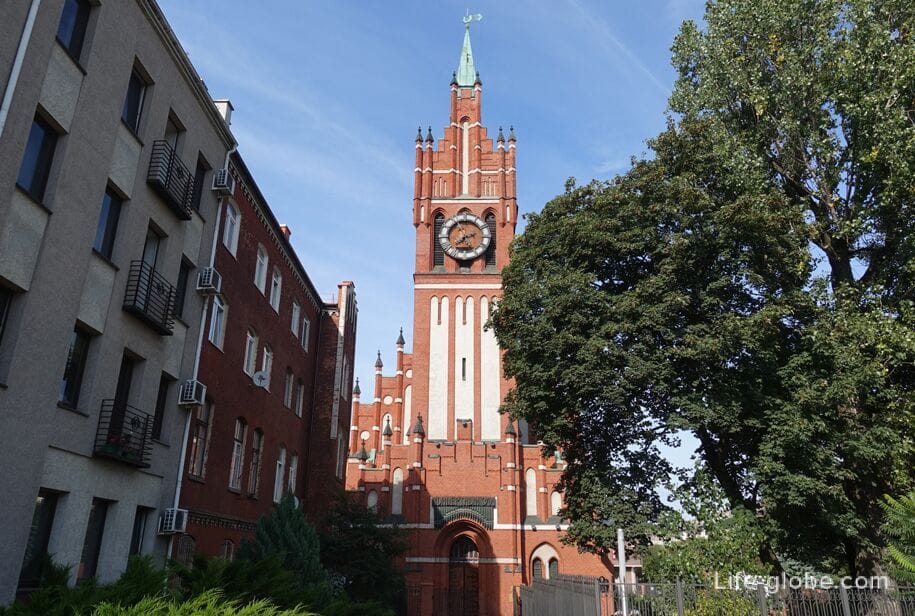
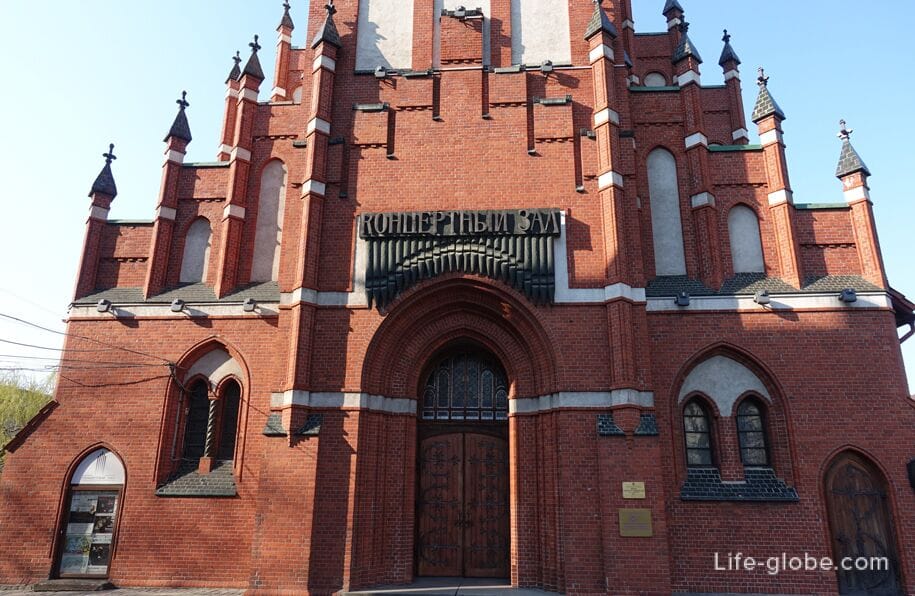
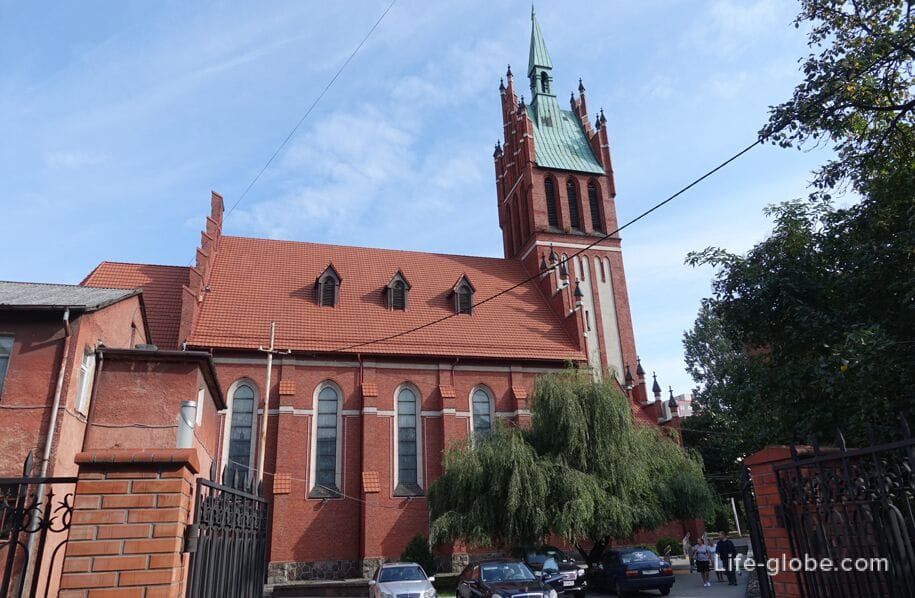
The Philharmonic Concert Hall at first functioned as an ordinary concert venue, therefore, for the convenience of the audience, the stage was equipped in the altar part of the former church, and at the top, where the organ should have been, a spectator's balcony was equipped.
In 1982, an organ of the Czech company "Rieger-Kloss" from the city of Krnov was installed in the hall. The organ has 3 manuals, 3,600 pipes combined into 44 registers. The first performer who gave the organ a "ticket to concert life" was the People's Artist of Russia Harry Grodberg.
In parallel with the installation of the organ, the seats in the hall were reoriented so that the audience could sit facing the instrument - the stage in the altar part turned into an amphitheater. In this form, the Philharmonic concert hall still exists today.
You can visit the concert hall during concerts or just explore the hall for a fee of 50 (if there is no rehearsal) and 100 (during rehearsal) rubles. Tickets can be purchased at the ticket office near the church.
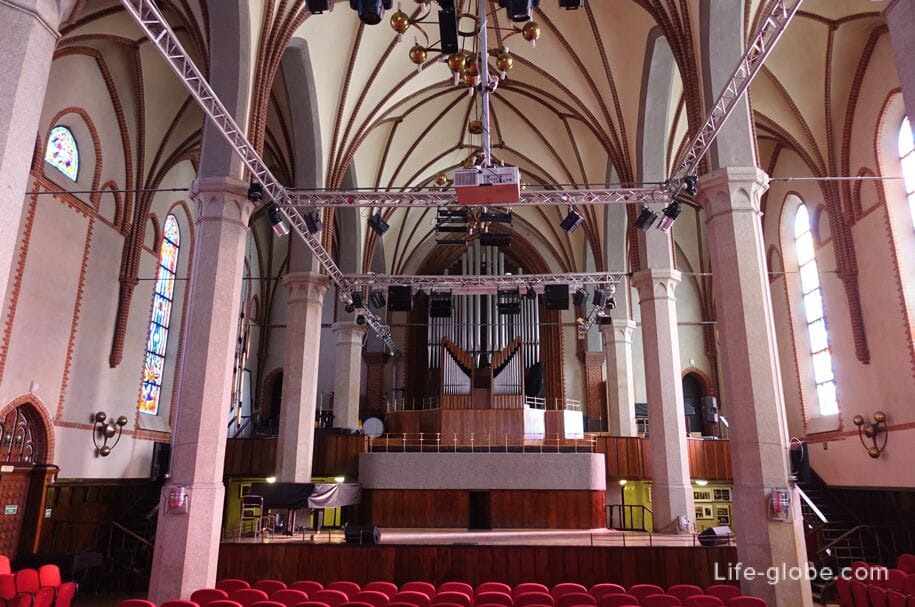

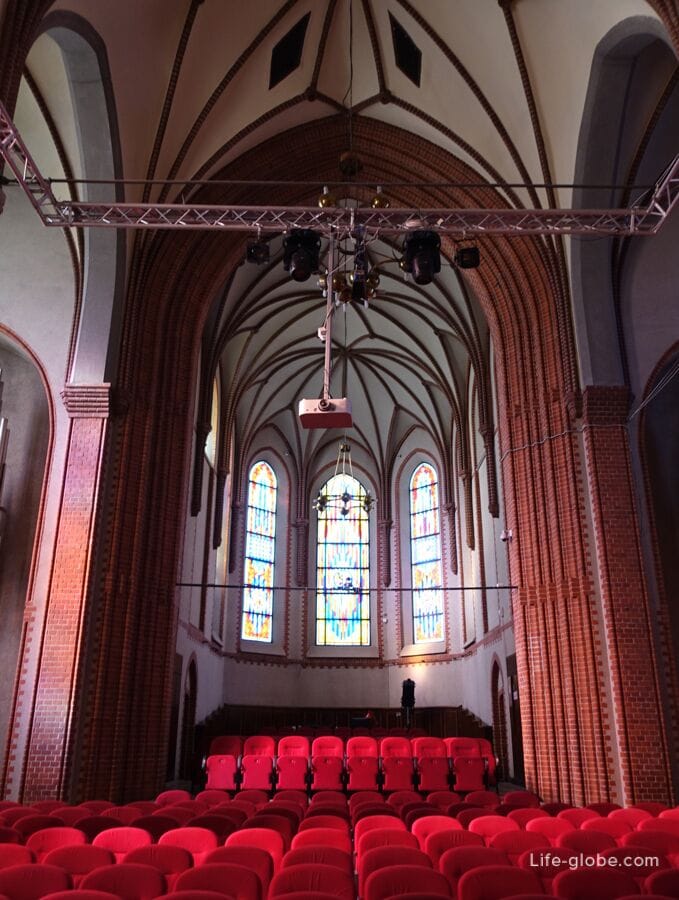
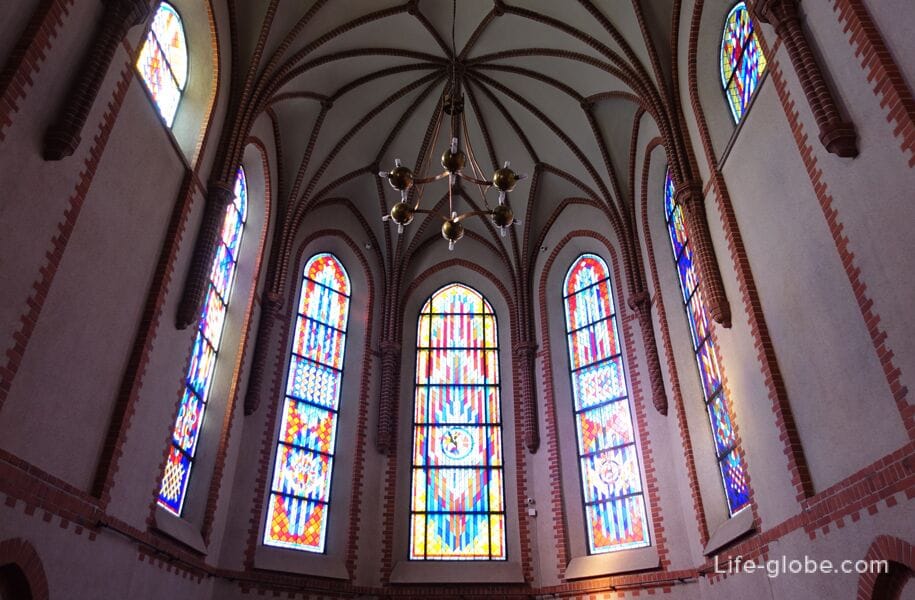

In the ceiling of the church, between the first entrance door and the second (inner) door, where there is a small room, there is a small round hole. They say that if you stand right under the hole, facing the inner door (with your back to the exit) and raise your hands at the same time, close your eyes and relax, then the body will be charged with positive energy.

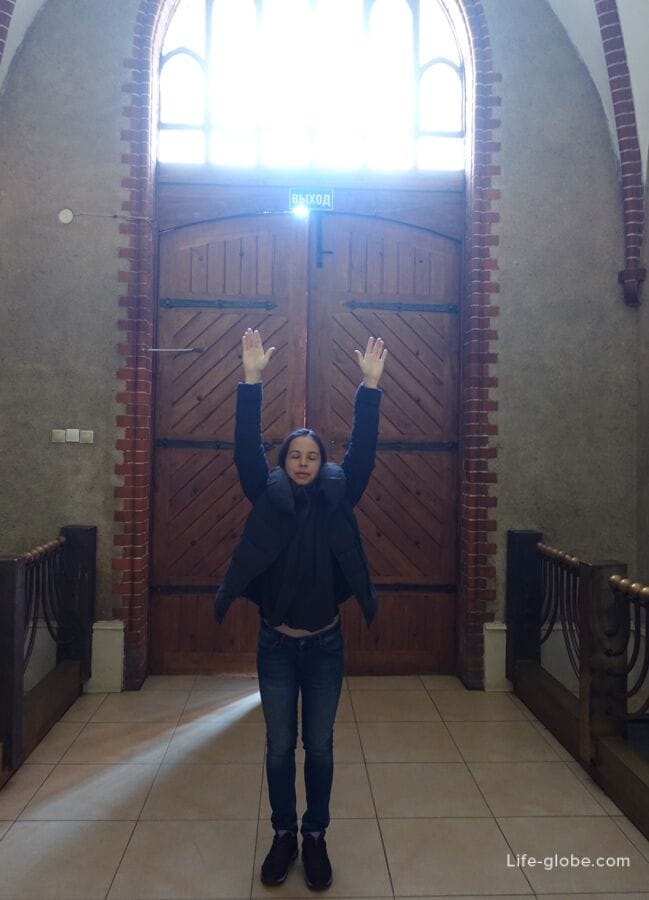
The concert hall (Church of the Holy Family) is located at the address: Bogdan Khmelnitsky Street, 63a. Near the Yuzhny railway station, Yuzhny Park and the Friedland Gate, where the museum is now located.
Coordinates of the church: 54°41'52"N (54.697840), 20°30'34"E (20.509698)
Philharmonic Concert Hall website: kenigfil.